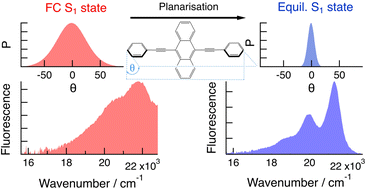-
Coupling to octahedral tilts in halide perovskite nanocrystals induces phonon-mediated attractive interactions between excitons
N. Yazdani, M.I. Bodnarchuk, F. Bertolotti, N. Masciocchi, I. Fureraj, B. Guzelturk, B. Cotts, M. Zajac, G. Raino, M. Jansen, S.C. Boehme, M. Yarema, M.F. Lin, M. Kozina, A. Reid, X. Shen, S. Weathersby, X. Wang, E. Vauthey, A. Guagliardi, M.V. Kovalenko, V. Wood and A.M. Lindenberg
Nature Physics, 20 (2024), p47-53


DOI:10.1038/s41567-023-02253-7 | unige:174617 | Abstract | Article HTML | Article PDF
Understanding the origin of electron-phonon coupling in lead halide perovskites is key to interpreting and leveraging their optical and electronic properties. Here we show that photoexcitation drives a reduction of the lead-halide-lead bond angles, a result of deformation potential coupling to low-energy optical phonons. We accomplish this by performing femtosecond-resolved, optical-pump-electron-diffraction-probe measurements to quantify the lattice reorganization occurring as a result of photoexcitation in nanocrystals of FAPbBr(3). Our results indicate a stronger coupling in FAPbBr(3) than CsPbBr(3). We attribute the enhanced coupling in FAPbBr(3) to its disordered crystal structure, which persists down to cryogenic temperatures. We find the reorganizations induced by each exciton in a multi-excitonic state constructively interfere, giving rise to a coupling strength that scales quadratically with the exciton number. This superlinear scaling induces phonon-mediated attractive interactions between excitations in lead halide perovskites.
